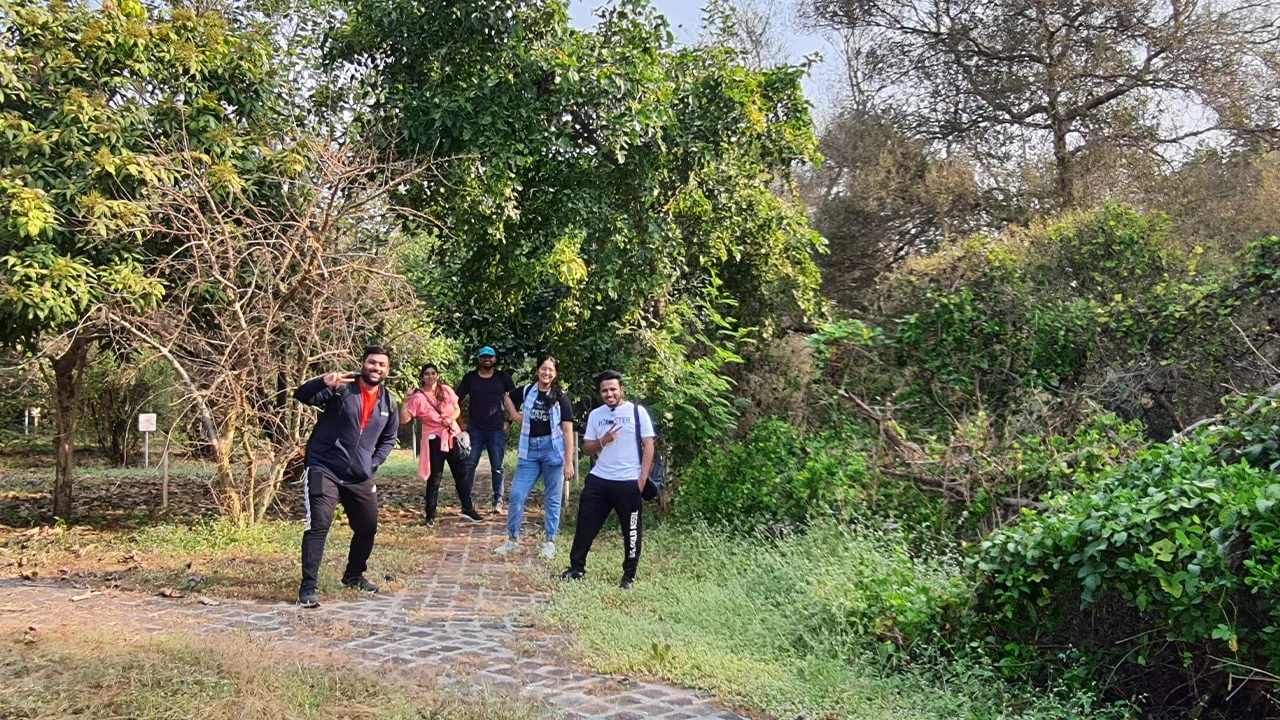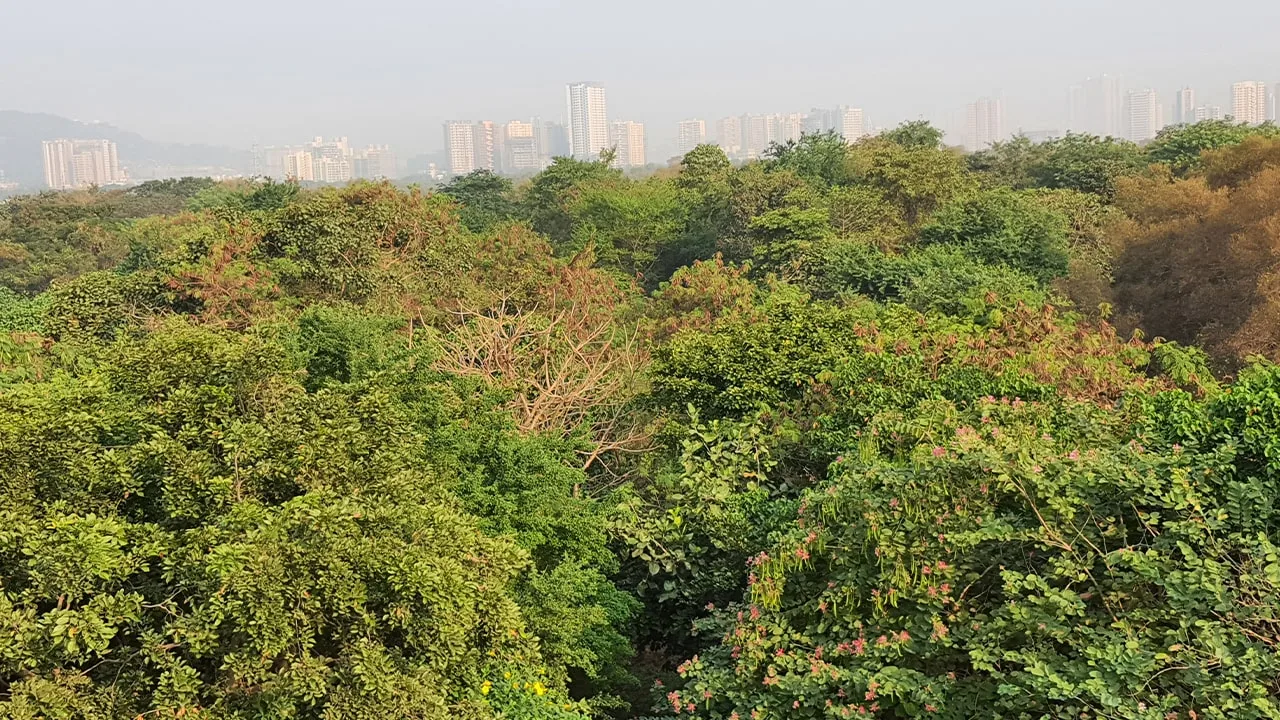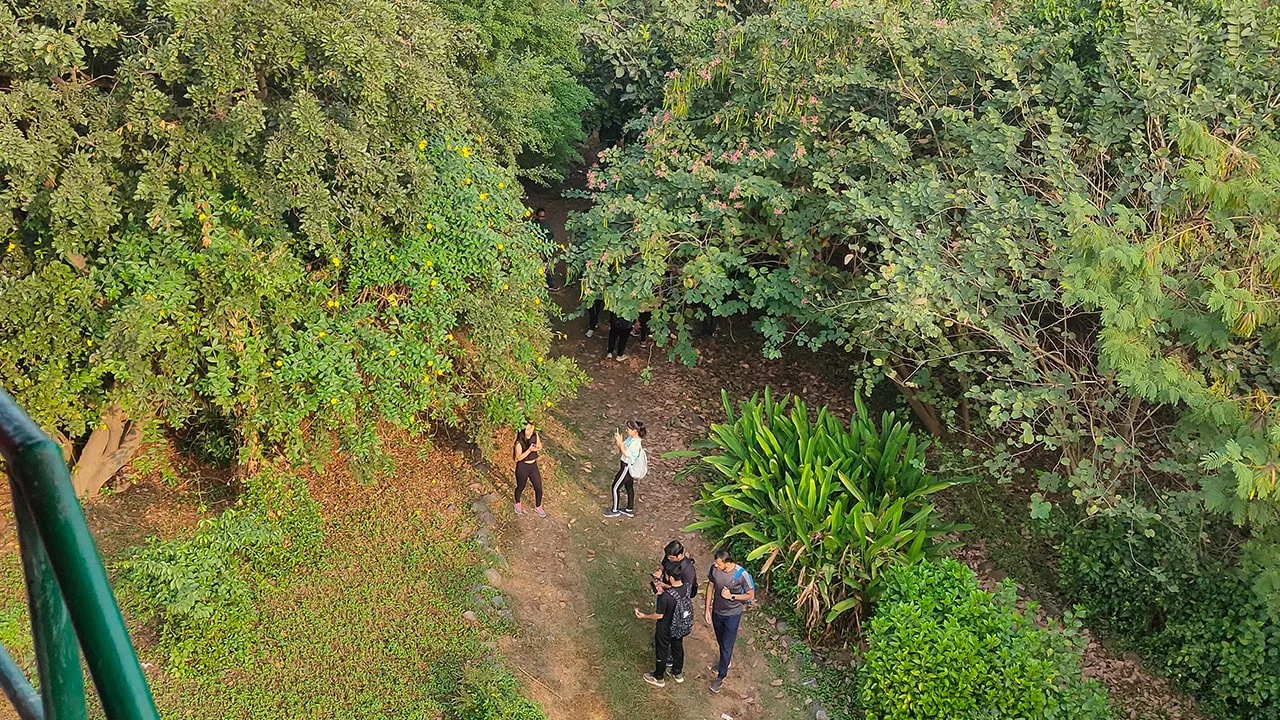Find the programme that meets your requirements and aspirations.
Apply nowEvents
CISD mangrove visit explores how corporates align people, profits and the planet
March 17, 2023




Centre for Impact in Sustainable Development (CISD) recently collaborated with Godrej and Boyce to conduct an informative half-day trip to the Godrej Pirojshanagar Mangrove forest in Vikhroli. Sixty-five participants from SPJIMR visited the 2000-acre green oasis in the heart of Mumbai. The dynamic ecosystem supports 16 species of mangrove, along with 209 birds, 82 butterflies, 81 spiders, 75 other insect species, 32 reptiles, and several mammal species, including the Golden Jackal, Wild Boar, and Indian Mongoose.
The visit started with a beautiful morning walk along a path covered with exotic flowers, trees, and vibrant butterflies. At the edge of Thane Creek, two volunteers from Godrej and Boyce led the educational sessions. The participants learnt about the importance of mangroves as urban carbon dioxide sinks since they can absorb carbon and grow biomass. Since its existence, the Godrej mangroves have stored over 1 million tonnes of carbon. Mangroves are unique since they grow in saline water and are often called coastal forests. Their benefits are multiple since they act as shock absorbers against violent floods and tides and prevent soil erosion. After the debriefing session, the students got a bird’s eye view (literally, from an aerial tower) of the massive forest cover offset against Mumbai’s skyscrapers. Some of the more adventurous students walked into the mangroves to get an idea of the flora and fauna it supported.
The visit concluded with a 2-kilometre photo walk through the picturesque forest where the students could reflect on their learnings from the day. The visit was delightful since the students got to interact with and experience a flourishing ecosystem amidst a concrete jungle and learn how corporates and nature can coexist, even in this day.
Some of the key learnings for the participants from the visit were:
- How a large corporate organisation like Godrej and Boyce contribute sustainably to balance profit, people, and the planet.
- Awareness of the immense potential of mangroves in the carbon sequestration process, as they are known as the world’s best carbon scrubbers.
- Education on the salient features of the mangrove ecosystem essential for sustaining saline and highly fluctuating tidal waters and marshy land.
- The experience of observing diverse flora and fauna in the Mangrove forest on the west bank of Thane creek.
- Knowledge of mangrove conversation efforts and initiatives conducted by Godrej and Boyce and the government of Maharashtra. For example, the government declared sonneratia alba (mangrove apple) a state mangrove.

